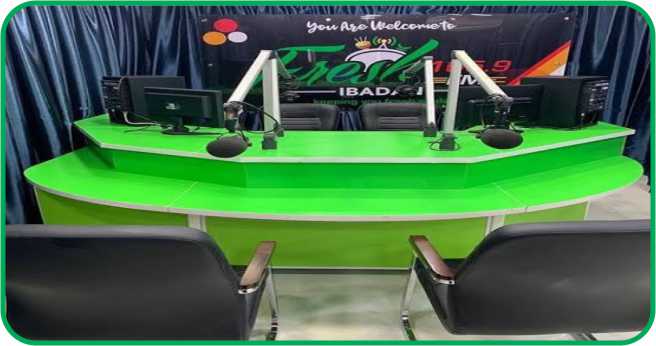 South Africa’s power grid was under pressure on Friday, with controlled blackouts possible, due to workers protesting over pay, a test of new President Cyril Ramaphosa’s efforts put the state electricity provider back on a stable financial footing.
South Africa’s power grid was under pressure on Friday, with controlled blackouts possible, due to workers protesting over pay, a test of new President Cyril Ramaphosa’s efforts put the state electricity provider back on a stable financial footing.
A spokesman for Eskom, which produces more than 90 percent of South Africa’s power, said the grid was stable but controlled outages were possible in the evening if workers were prevented from turning up for duty.
Cutting costs at troubled state entities such as Eskom is a top priority for Ramaphosa, and the current labor unrest will test his administration’s commitment to reforms.
Eskom implemented power outages late on Thursday after hundreds of union members protested over wages and prevented others from showing up.
A National Union of Mineworkers spokesman said its members planned to picket outside Eskom power stations from 12 p.m. (1000 GMT).
NUM, which claims to have 15,000 members at Eskom, about a third of the utility’s labor force, and the National Union of Metalworkers of South Africa (NUMSA) are demanding 15 percent pay hikes.
The utility has said it cannot afford to offer any raises this year.
The last time there were controlled power outages in Africa’s most industrialized economy, in 2015, economic output suffered. If they became frequent the rand could come under pressure.
The currency was stable in early Friday trade.
Known locally as “load shedding”, controlled power cuts during the southern hemisphere winter are also likely to inflict hardship on millions.
NUM is a political ally of the ruling African National Congress (ANC) and its members backed Ramaphosa, who founded the union in the 1980s, in his successful election as party president last year.













